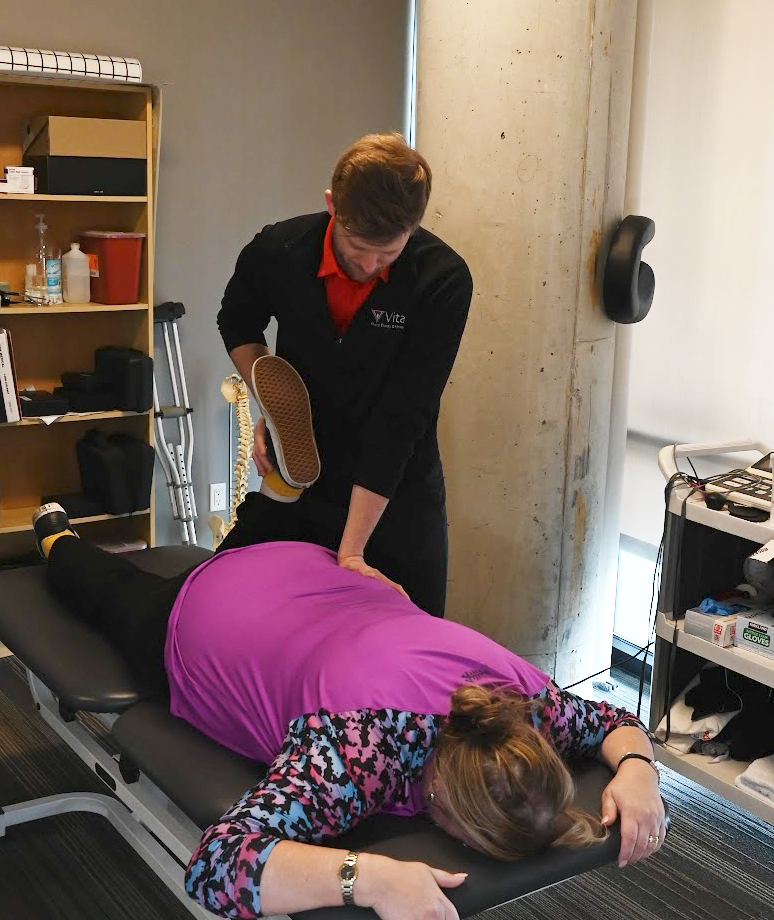Sacroiliac dysfunction
Sacroiliac dysfunction or Sacroiliitis is a painful condition that affects one or both sacroiliac joints or where the lower spine and pelvis meet. Pain and stiffness in the buttocks or lower back, and the pain might go down one or both legs. Standing or sitting for a long time or climbing stairs can worsen the pain.
The most common causes of sacroiliac dysfunctione are:
- Injury
Any sudden impact (e.g. motor vehicle accident or a fall), can damage the sacroiliac joints.
- Arthritis
Osteoarthritis can cause wear-and-tear to the sacroiliac joints which also affects the spine, known as ankylosing spondylitis.
- Pregnancy
The sacroiliac joints loosen and stretch for childbirth. Additionally, the increased weight and change in gait or walking during pregnancy can stress these joints.
- Infection
Rarely, a sacroiliac joint can become infected.

Contact Us
Signs & Symptoms
Piriformis syndrome symptoms occur in the butt, hip or upper leg with feelings such as:
- Aching
- Burning
- Pain – constant or shooting
- Tingling
- Numbness
Symptoms when performing simple activities such as:
- Standing or sitting for long periods – including sleep with limit movement
- Walking, running, or taking large leaps or forward steps
- Climbing stairs
How Physical Therapy Can Help
The physical therapists at Vita will work with you to design a specific treatment program to speed up your recovery from your hip replacement surgery. A well-designed PT and exercise program will help improve hip stiffness and restore range of motion, improve muscle strength in and around the hip, and help you regain balance as you continue to walk and improve.
Typically, the program will include the following:
- Immediately employ RICE therapy (Rest, Ice, Compression, Elevation) and take anti-inflammatory over-the-counter pain medication upon checking with your primary care doctor or us
- Pain reduction techniques such as massage, dry needling and kinesio taping
- TENS electrical stimulation
- Stretching and strengthening of the core abdominal and lower back muscles around the hip and buttocks
- Gait training exercises in order to return to normal gait patterns
- Medically guided fitness and progression to full activity
